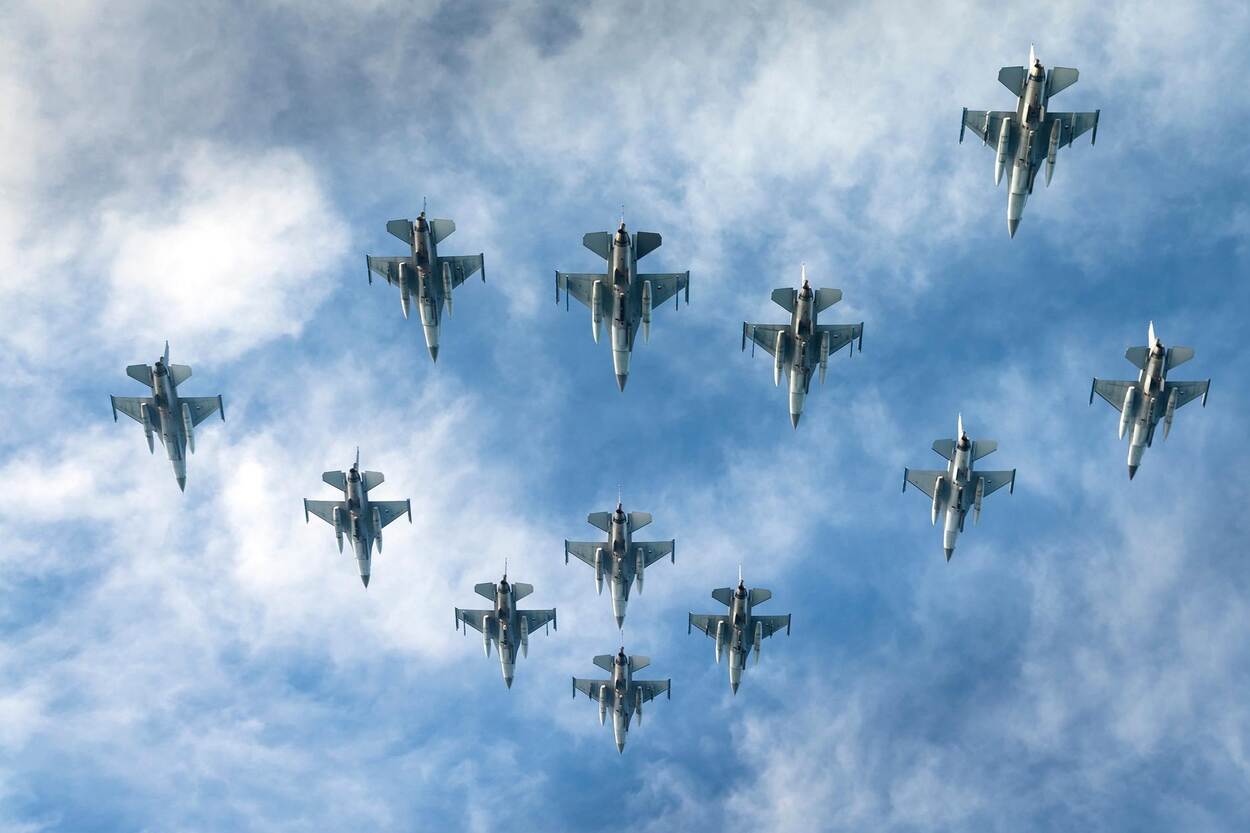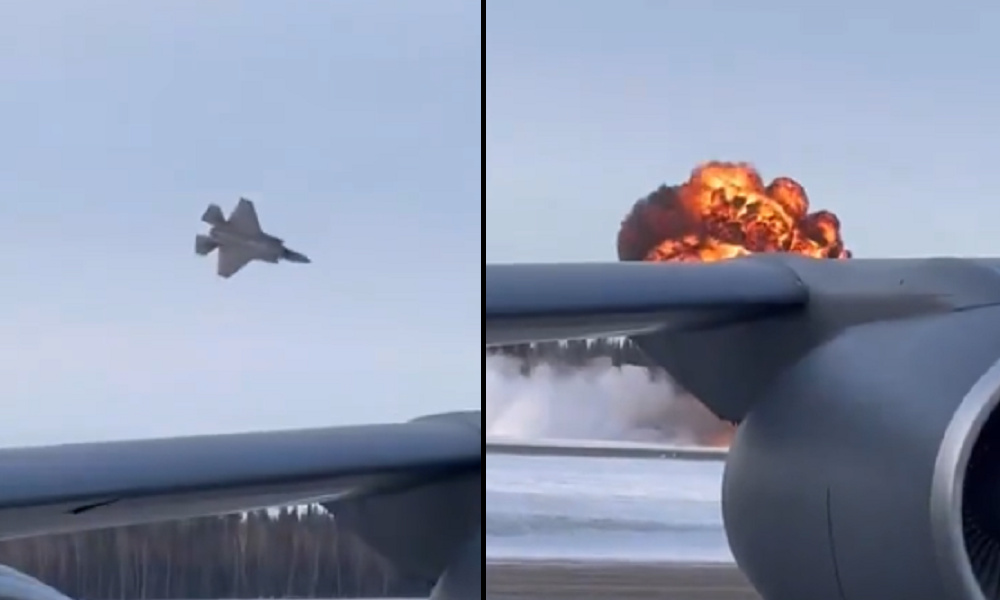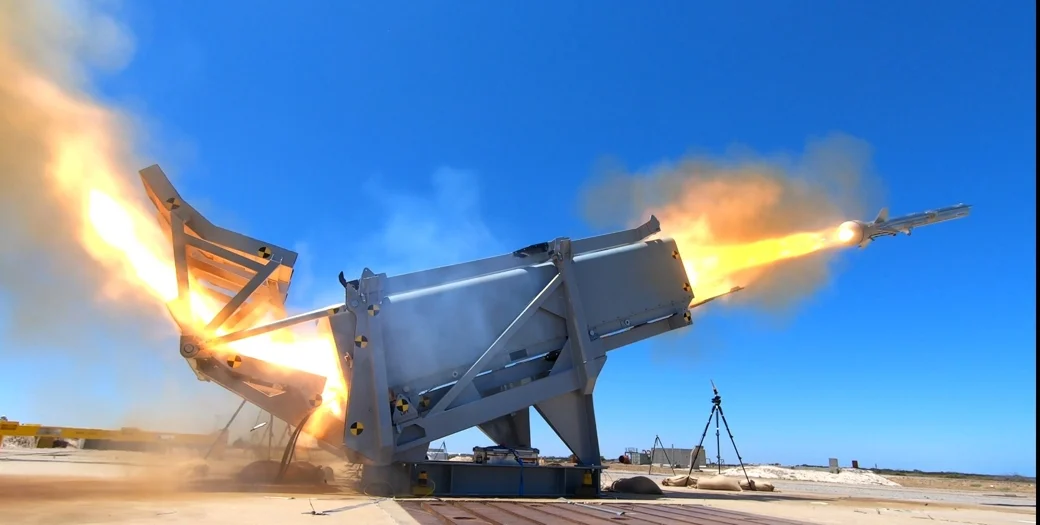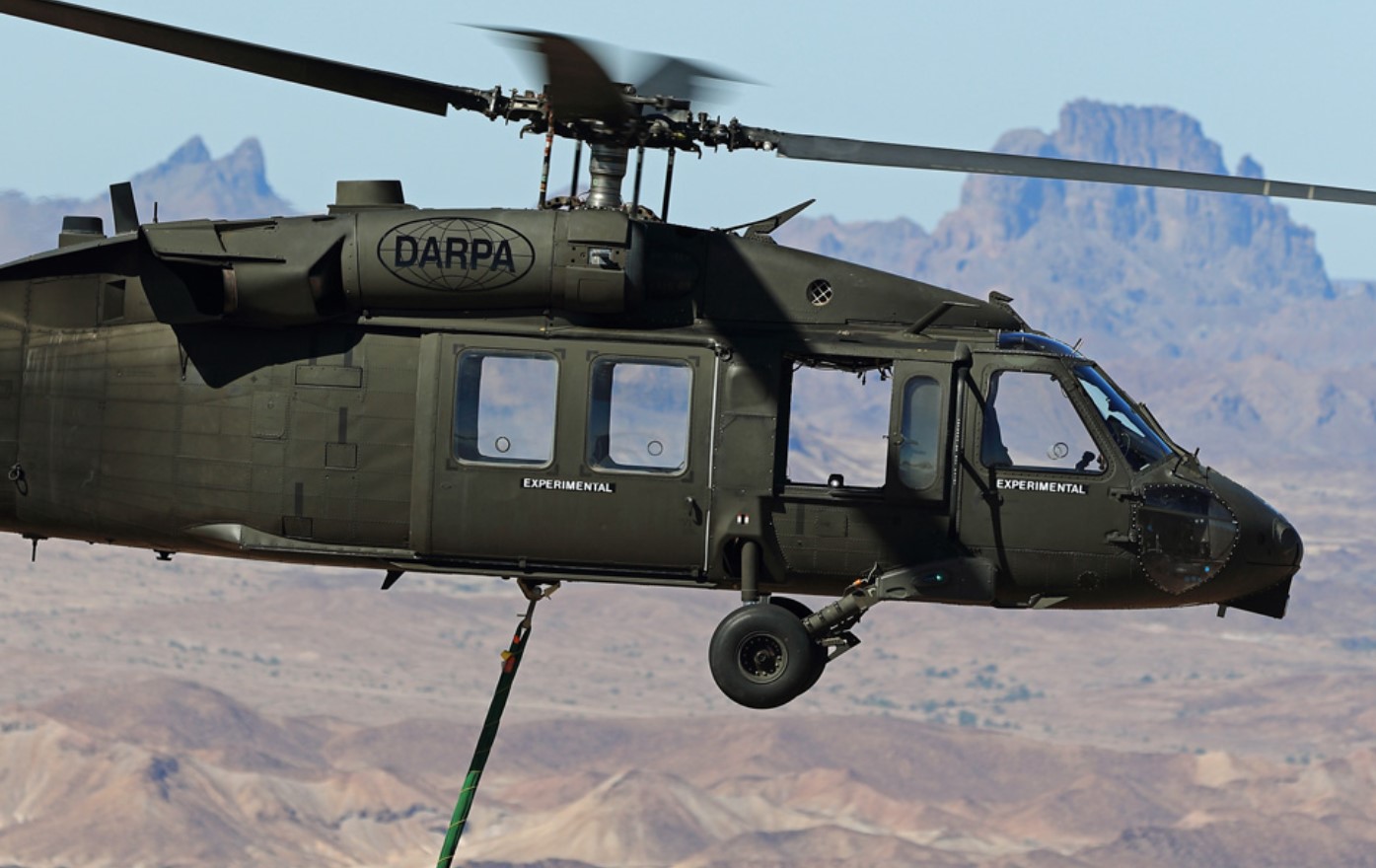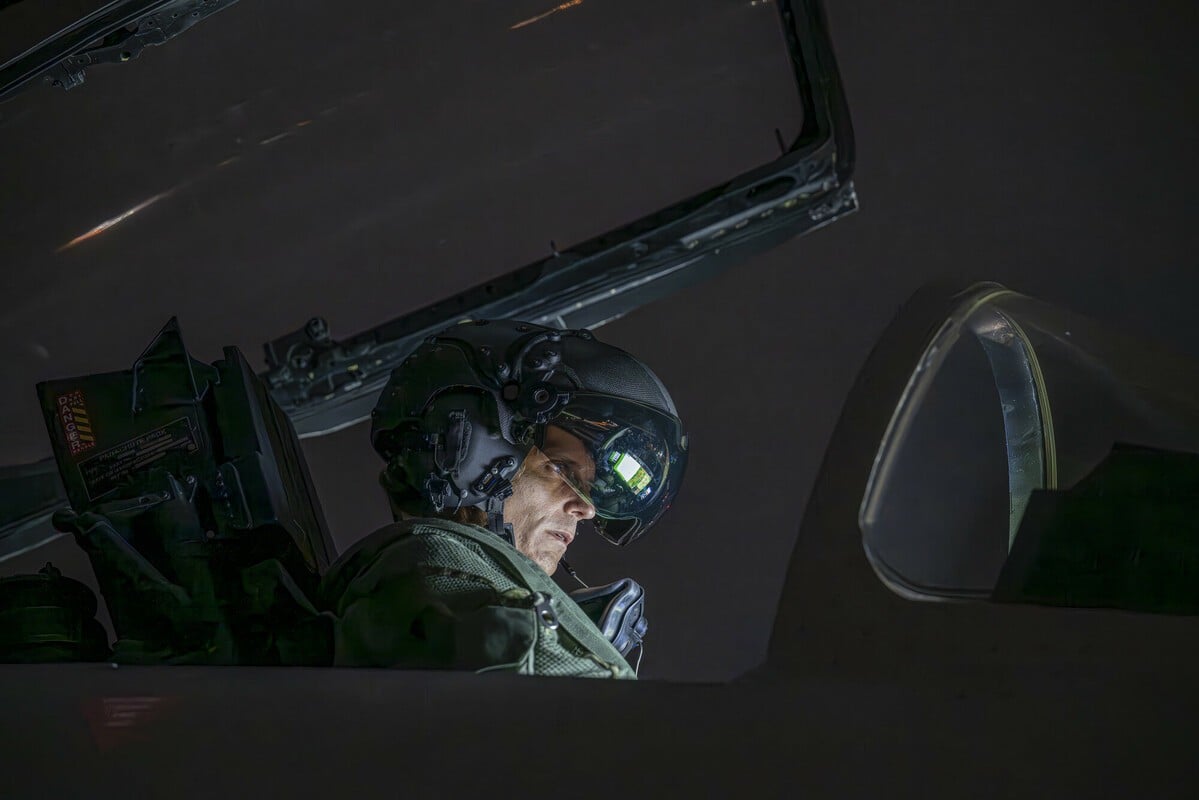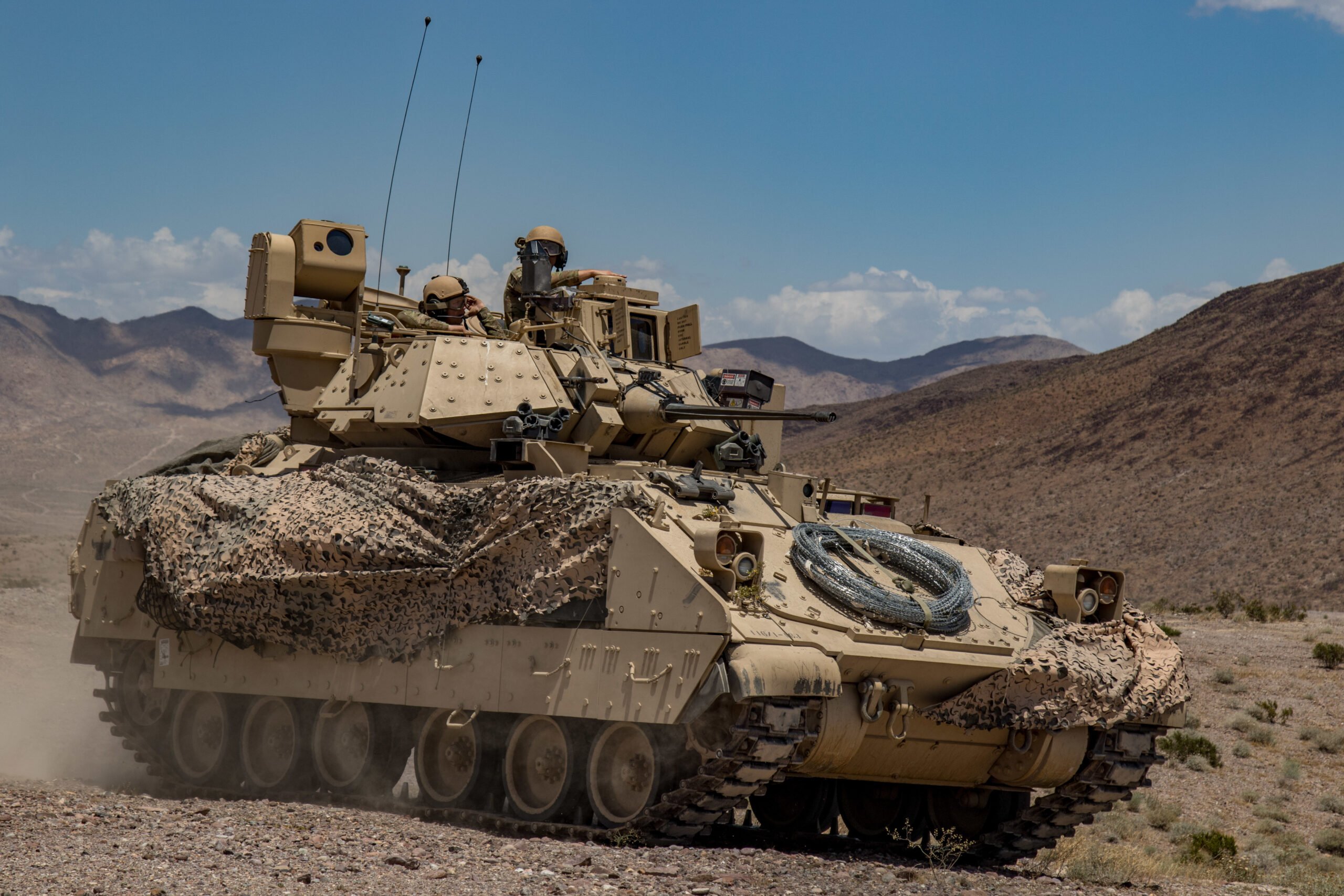The Netherlands has successfully handed over the final two F-16 Fighting Falcon jets to Romania as part of an initiative aimed at training Ukrainian military aircrews. This significant delivery is part of a broader program involving a total of 18 aircraft, which the Dutch government pledged last year to support Ukrainian forces in enhancing their aerial combat capabilities amid the ongoing conflict with Russia.
The journey of these F-16s began in November 2023, when the Netherlands dispatched the first five jets under this initiative. At that time, the Dutch officials made it clear that these aircraft would exclusively operate within NATO airspace, ensuring a controlled and secure environment for the training exercises.
Training sessions are being conducted by a coalition of Romanian, American, and Danish instructors at a specialized facility located at the Fetesti Air Base in Muntenia, Romania. This operational center not only caters to Ukrainian aircrew but also provides training to Bucharest’s own pilots and other NATO partners, creating a collaborative atmosphere for military readiness in the region.
In tandem with the training aircraft, the Netherlands is also in the process of supplying an additional 24 F-16s to Ukraine for tactical operational usage. This move aligns with the United States’ agreement earlier this year, which facilitates the transfer of Dutch F-16s to Kyiv as a response to Russia’s ongoing aggression. The condition for this transfer is the completion of training for the first batch of pilots, emphasizing the importance of preparedness before deployment.
The F-16 Fighting Falcon itself is a highly versatile multi-role fighter jet developed by Lockheed Martin. It features impressive specifications, including a wingspan of 33 feet (10 meters) and an airframe length of 50 feet (15 meters). The aircraft can be equipped with a range of armaments, including a rotary cannon and various types of missiles, showcasing its adaptability to meet different combat requirements, whether it be air-to-air, air-to-surface, or anti-ship operations.
With the capability to operate at altitudes up to 50,000 feet (15,240 meters) and a range of approximately 2,277 nautical miles (2,620 miles or 4,217 kilometers), the F-16 can reach speeds of around 500 knots (575 miles or 926 kilometers per hour) depending on mission parameters. This combination of range, speed, and versatility underscores the F-16’s role in modern aerial warfare and its importance in the context of current geopolitical tensions.
The ongoing cooperation between the Netherlands, Romania, and Ukraine in military training and equipment transfer signifies a collective effort to bolster regional security and enhance defenses against external threats.

